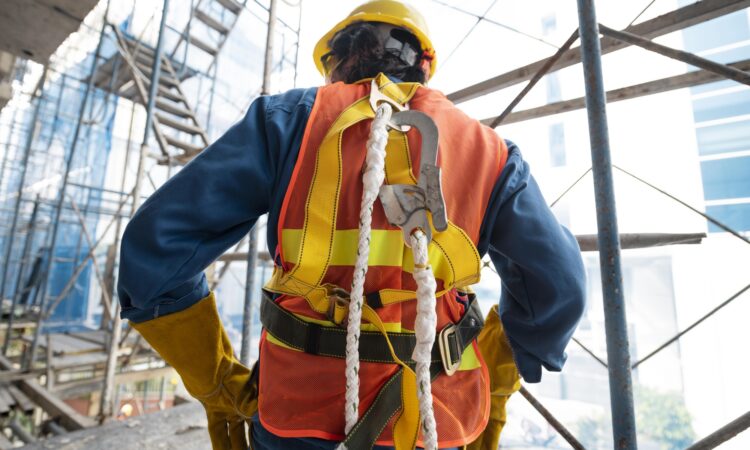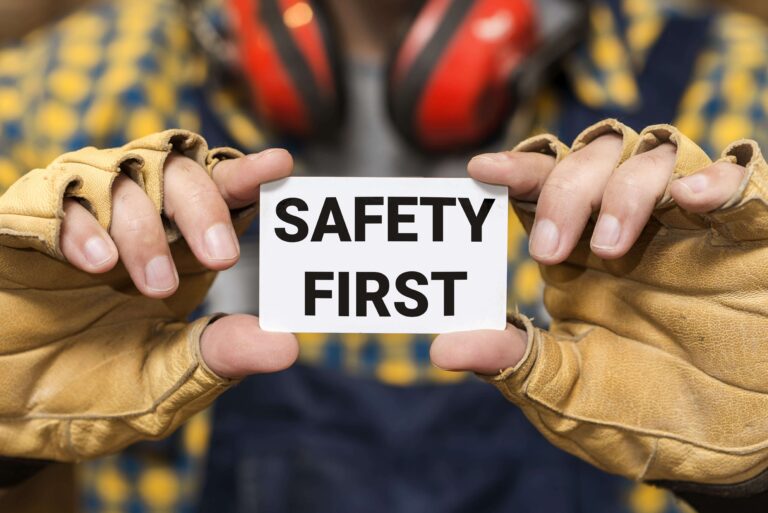Working in construction comes with its fair share of challenges, and one of the most critical aspects is ensuring worker safety when operating at heights. As someone with hands-on experience in this industry, I can confidently say that fall protection systems are not just a compliance requirement—they’re a lifeline that can save lives and prevent serious injuries.
Understanding the Importance of Fall Protection
Falls remain one of the leading causes of workplace fatalities in construction. From my own experience managing safety protocols on various job sites, I’ve seen how easily accidents can happen, even with seasoned workers. That’s why implementing best practices for fall protection is crucial to creating a safe environment for your crew.
1. Conducting a Thorough Risk Assessment
Before starting any project, conduct a fall hazard assessment. Walk the site and identify potential risks such as unprotected edges, roof openings, and uneven surfaces. In my projects, this initial step has always provided valuable insights into where fall protection measures are most needed.
2. Providing Proper Training
Training workers on the correct use of fall protection equipment is non-negotiable. I’ve found that hands-on demonstrations, rather than just classroom sessions, make a significant difference. Workers should know how to properly wear harnesses, inspect lanyards, and understand anchor points.
3. Choosing the Right Fall Protection System
Different job sites require different solutions. From personal experience, the three most effective systems include:
- Guardrail systems: Ideal for leading edges and roof perimeters.
- Safety nets: Suitable for high-rise projects where guardrails aren’t feasible.
- Personal fall arrest systems (PFAS): Essential for workers who need mobility while working at heights.
Selecting the right system depends on the construction site’s unique requirements and the tasks being performed.
4. Regular Equipment Inspections
Even the best equipment can fail if it’s not properly maintained. I’ve implemented daily and weekly inspection routines for all fall protection gear, ensuring harnesses, lifelines, and anchor points are in top condition. Any worn or damaged equipment is immediately replaced.
5. Establishing Clear Communication
On-site communication is vital for ensuring everyone understands the fall protection plan. Use visual markers, signs, and regular briefings to keep safety top of mind. In my experience, open communication encourages workers to report hazards and share feedback on safety measures.
6. Emphasizing a Culture of Safety
Safety isn’t just about rules; it’s about fostering a mindset. When your team sees that you prioritize fall protection and lead by example, they’re more likely to follow suit. During my career, I’ve noticed that teams with a strong safety culture have fewer incidents and greater productivity.
Real-World Benefits of Fall Protection
On one of my recent projects, we implemented a comprehensive fall prevention program that included training, proper equipment, and regular audits. The result? Zero fall-related incidents over the 12-month duration of the project. This not only boosted morale but also saved time and costs associated with potential accidents.
Conclusion
Fall protection in construction is not just about meeting regulations; it’s about safeguarding the lives of the people who build our communities. By following these best practices, you can create a safer workplace and ensure your team goes home to their families every day. Remember, investing in fall protection measures is an investment in your workforce and your project’s success.
What strategies have you implemented on your job sites? Share your experiences in the comments below!



